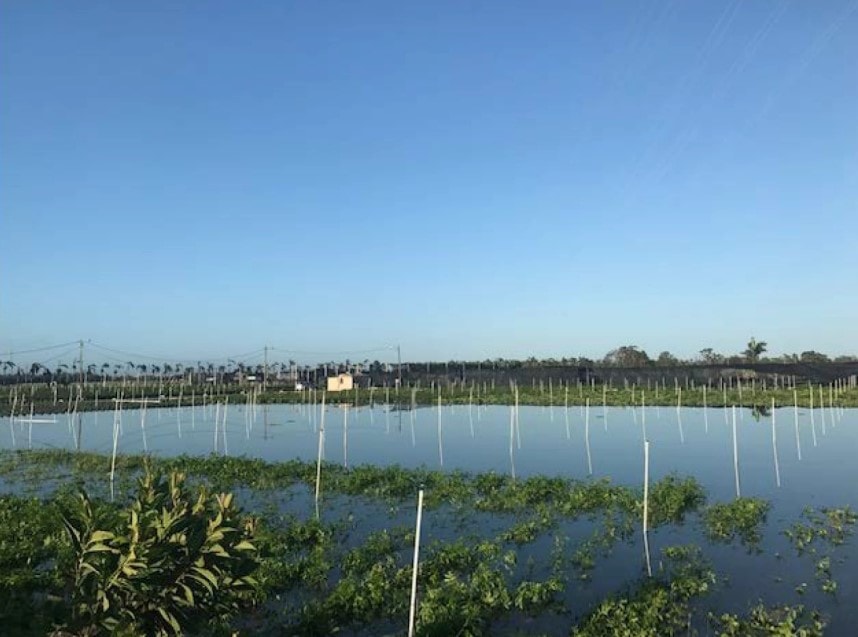
The lure of Florida beachfront property can be irresistible, and it’s a big part of the magic of living here.
Depending on where they live in the state, homeowners can enjoy unmatched scenery when the sun rises or sets. The tranquility of the Atlantic Ocean or the Gulf of Mexico is the perfect tonic after a tough day. And who, of course, can resist the feel of beach sand between their toes?
I understand why people want to live as close to the water as they can. But should residents who live farther inland have to subsidize that lifestyle through higher flood insurance rates?
That doesn’t seem fair, especially since rebuilding after coastal flooding can be extremely expensive.
If people want to build or buy in areas prone to flooding, that’s their choice. However, they also should be prepared to absorb the full cost of living there, and now, they may not have any choice.
About 80% of Florida’s 1 million policyholders in the National Flood Insurance Program face rate increases. In many cases, these won’t be tiny increases either.
The Tampa Bay Times reported on several local cases where homeowners will face jaw-dropping hikes.
For instance, in Apollo Beach, premiums for a nearly $1 million home could jump from $824 to more than $10,500.
However, flood insurance rates could fall for about 20% of the people living in lower-risk areas. That’s as it should be.
For many, though, it’s a double whammy. Hurricane damage led to big property insurance spikes in recent years. But since standard property insurance doesn’t cover flooding, waterfront homeowners need the extra policy. Many will have to decide if they can afford those premiums.
If enough people start dumping their waterfront homes to save money, beach communities could face devastation.
“Subsidized insurance has been critical for supporting coastal real estate markets,” Benjamin Keys, a professor at the University of Pennsylvania’s Wharton School, told the New York Times.
The sharp rate hike, he warned, will “require a major rethink about coastal living.”
Florida will feel that adjustment more than any other state. We’re the only state bordered by two major bodies of water, which leads to hurricanes and tropical storms. Coastal communities often face serious flooding.
Also, residents face the increasing impact of climate change. Communities along both Florida coasts already report street flooding from rising water levels. Officials in the Florida Keys concede that flooding may make some locations permanently uninhabitable in that once-idyllic setting.
There’s also no way yet to know how all of this will shake out in the long term.
One thing is clear, though. Living on the water could become unaffordable for some Floridians used to those spectacular sunrises and sunsets.
The water will still be there, and so will those wonderful scenes. We’re just not sure how many people will be there to see it.



